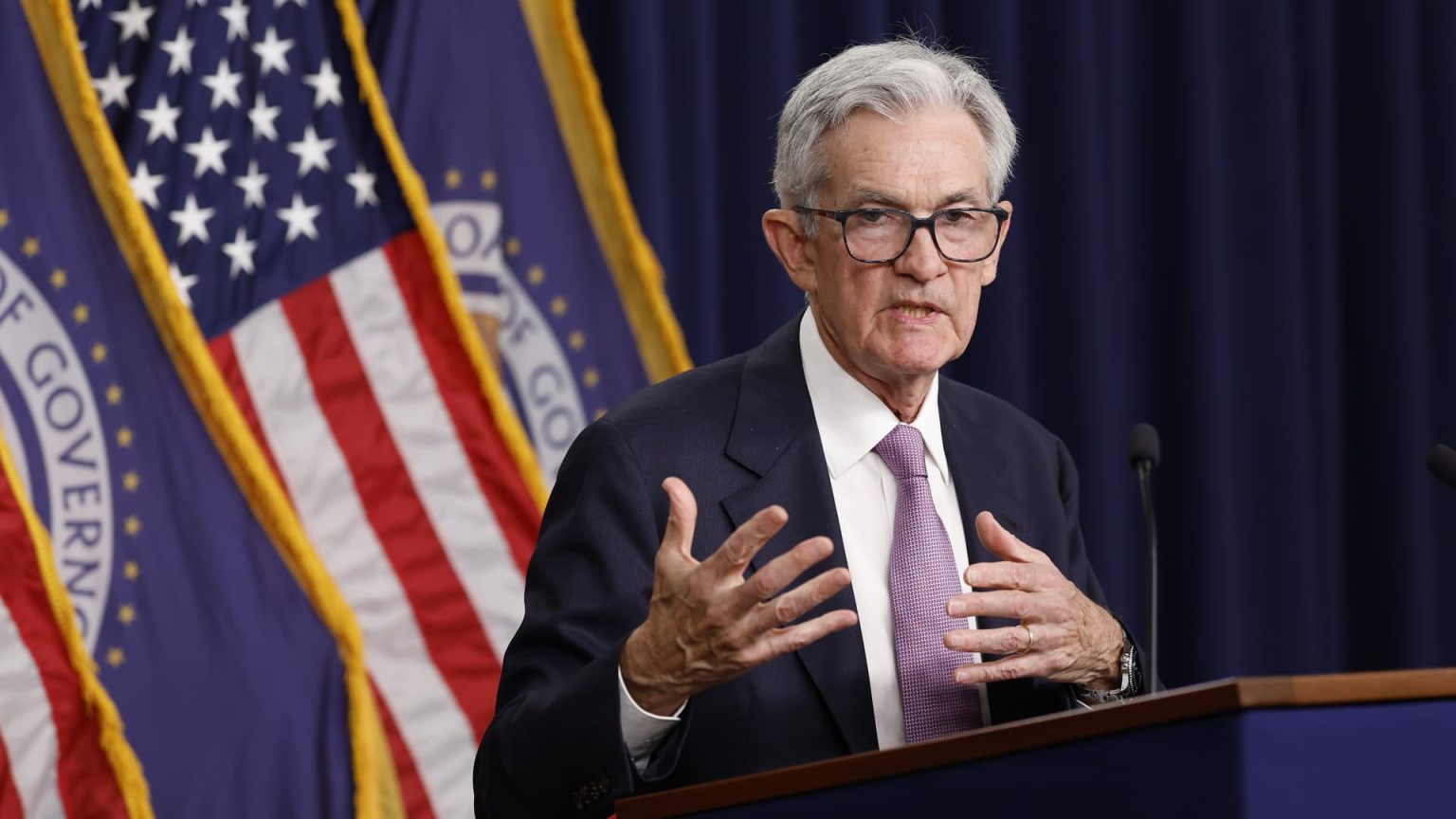At their September meeting, Federal Reserve officials decided to cut interest rates by half a percentage point, which was the largest rate cut in over four years. The decision was made in an effort to balance confidence in inflation with worries over the labor market. While some officials preferred a smaller quarter percentage point reduction, only one committee member voted against the half-point cut. The minutes of the meeting revealed that some participants felt a smaller reduction would align more with a gradual normalization of policy and signal a more predictable path of policy normalization. Markets remained relatively stable following the release of the minutes, and economic indicators since the meeting have shown a stronger labor market than anticipated, with nonfarm payrolls increasing and the unemployment rate falling to 4.1%.
Chair Jerome Powell and other Fed officials have indicated that future rate cuts will likely be less aggressive than the September move, with expectations of a total of 50 basis points in reductions by the end of 2024. The decision to approve the 50 basis point cut was made to reflect progress on inflation and the balance of risks against the labor market, with a substantial majority of participants favoring the larger move. Some members had preferred a reduction at the July meeting that never materialized, but the minutes did not provide detailed information on the reasons behind supporting the larger cut. The decision was framed as a “recalibration” of policy to align with recent indicators of inflation and the labor market, emphasizing that it should not be seen as a signal of a less favorable economic outlook or more rapid pace of policy easing.
The Fed typically prefers to move rates in quarter-point increments, with half-point reductions reserved for extraordinary circumstances like the Covid pandemic or the 2008 financial crisis. Market pricing indicates that the fed funds rate is expected to end 2025 in the 3.25%-3.5% range, in line with the median projection of a 3.4% rate. Futures markets are pricing in about a 1-in-5 chance that the Fed will not cut rates at its upcoming November meeting. Despite the Fed’s decision to cut rates, bond yields have increased significantly since the meeting, with both the 10- and 2-year Treasury yields jumping about 40 basis points.
Overall, the minutes of the September meeting reveal a division among Federal Reserve officials over the decision to approve a half-point rate cut, with some preferring a smaller reduction. The decision was made in response to concerns over the labor market and to align policy with recent indicators of inflation and the economy. While some uncertainties remain, Chair Jerome Powell and other Fed officials have indicated that future rate cuts are likely to be less aggressive than the September move. Financial markets have remained relatively stable following the release of the minutes, despite an increase in bond yields since the meeting.


